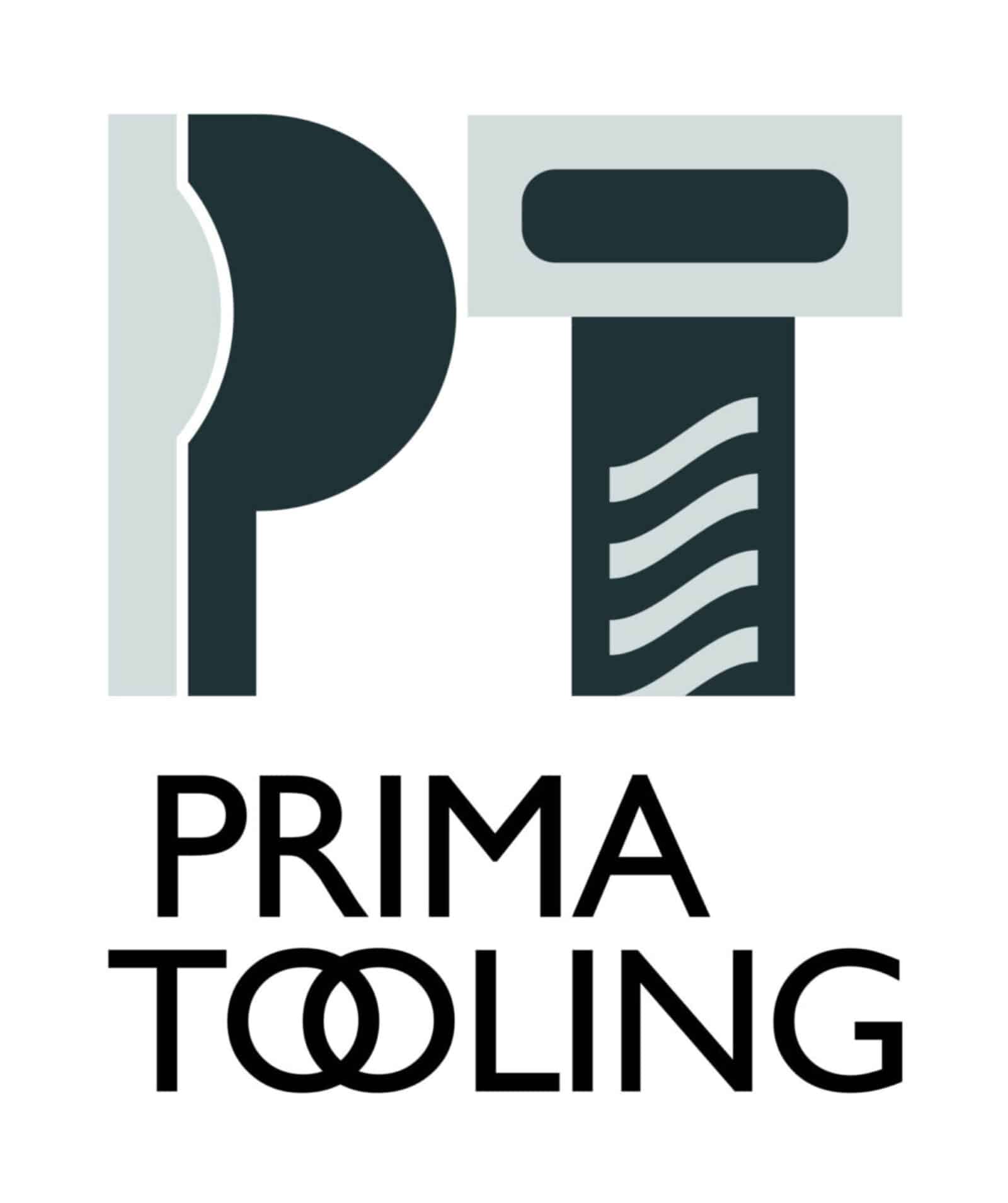CNC operations play a critical role in manufacturing, offering precision and accuracy that traditional methods often struggle to match. These computer-controlled machines use precise instructions to cut and shape materials, ensuring consistent and flawless results. However, achieving such perfection doesn’t rely solely on the machines themselves—it’s also heavily dependent on the quality of components like tool holders.
Tool holding is a crucial aspect of CNC operations that can often be overlooked. It involves securing the cutting tools in place during machining. Proper tool holding ensures the tools remain stable, thus maintaining accuracy throughout the process. Imagine trying to write with a pencil that keeps slipping—your handwriting would be all over the place. This is exactly what happens in CNC operations without secure tool holding. By properly anchoring the tools, we lay the foundation for efficient, effective machining that can translate to better product quality and reduced production costs.
What Is Tool Holding?
Tool holding in CNC operations refers to the method by which cutting tools are secured into the machine. This process is not merely about fixation; it’s about ensuring an unyielding grip that eliminates any unwanted movement during machining. Tool holding is carried out with precision equipment like clamps or collets, which keep the tool firmly in place.
The importance of tool holding cannot be overstated. Consider the consequences of a poorly secured cutting tool: misalignment, increased wear and tear, and potentially flawed products. With proper tool holding, these issues are minimized, allowing for a smoother, more precise operation. The main goal is to ensure that the tool does not move or vibrate during use, which can lead to poor surface finishes or dimensionally incorrect products. A steady tool maintains the high standards expected in CNC manufacturing and contributes to optimal machine performance.
Types of Tool Holders
Different machining tasks require specific types of tool holders to achieve the best results. Each has unique benefits and limitations, making it essential to choose the right one for your specific needs. Here’s a quick look at some common tool holders used in CNC operations:
– Collet Chucks: These are versatile and widely used for their ability to hold different diameters with high precision. They provide a strong grip and are ideal for high-speed operations where additional stability is required.
– End Mill Holders: Specifically designed to hold end mills, these provide a solid grip and help reduce runout, enhancing precision in machining.
– Shrink Fit Holders: These work by heating the holder to expand and allowing the tool to be inserted. Once cooled, the holder contracts to grip the tool tightly. They are known for providing superior concentricity and balance, making them great for high-speed applications.
Choosing the right tool holder involves considering the type of operation, speed, and precision requirements. Each type has its place in CNC operations, and selecting the appropriate one can drastically affect the quality of the finished product.
The Impact of Tool Holding on CNC Performance
Tool holding significantly influences the quality and efficiency of CNC machining. A well-secured tool holder can mean the difference between a smooth, uninterrupted process and an operation fraught with issues. One of the primary effects involves the tool’s lifespan. When tools are held firmly in place, they experience less wear and tear, extending their life and reliability. This also benefits the surface finish of materials, ensuring that the end product meets the desired standards with minimal defects.
Another critical aspect tool holding affects is machine productivity. A properly secured tool ensures that machining can proceed at optimal speeds without the risk of slippage or inaccuracies. This ultimately leads to faster production times and reduced costs. Furthermore, handling vibration is essential in CNC operations, as excessive vibration can degrade both machine and part quality. Effective tool holding minimises vibration, maintaining stability throughout the process and protecting both the CNC equipment and the workpiece.
Best Practices for Effective Tool Holding
Utilising tool holders to their full potential requires adherence to certain practices. Here are some key tips:
– Select the Right Tool Holder: Always match the tool holder to the task at hand. Consider factors such as tool diameter, cutting speed, and the nature of the material being processed.
– Regular Maintenance: Keep tool holders clean and free from debris. Check periodically for signs of wear or damage to ensure they function correctly.
– Avoid Common Mistakes: One common mistake is using a tool holder that’s too large or too small for the tool, leading to misalignment and poor cutting quality. Ensuring the right fit is imperative for performance.
– Monitor Clamping Force: Keeping the clamping force appropriate for the task can prevent tool slippage while ensuring the safety of both the tool and the machine.
Wrapping Up Tool Holding in CNC Operations
Tool holding serves as a backbone for effective CNC operations. By firmly anchoring cutting tools, it not only enhances precision but also impacts the overall efficiency and quality of manufacturing. A focus on the right tool holding practices can lead to fewer errors, lower costs, and improved product outcomes.
Investing time and effort in understanding tool holding means embracing better manufacturing processes. This attention ensures that tools and machines are used to their fullest potential, contributing to high standards and reliable production. By prioritising tool holding, operators can achieve a seamless and efficient CNC operation that consistently delivers top-notch results.
Enhancing CNC performance through effective tool management can greatly benefit production processes. If you’re looking to dive deeper into efficient practices, discover how improving tool holding can elevate your operations. Visit Prima Tooling to explore the possibilities and optimise your manufacturing outcome.
